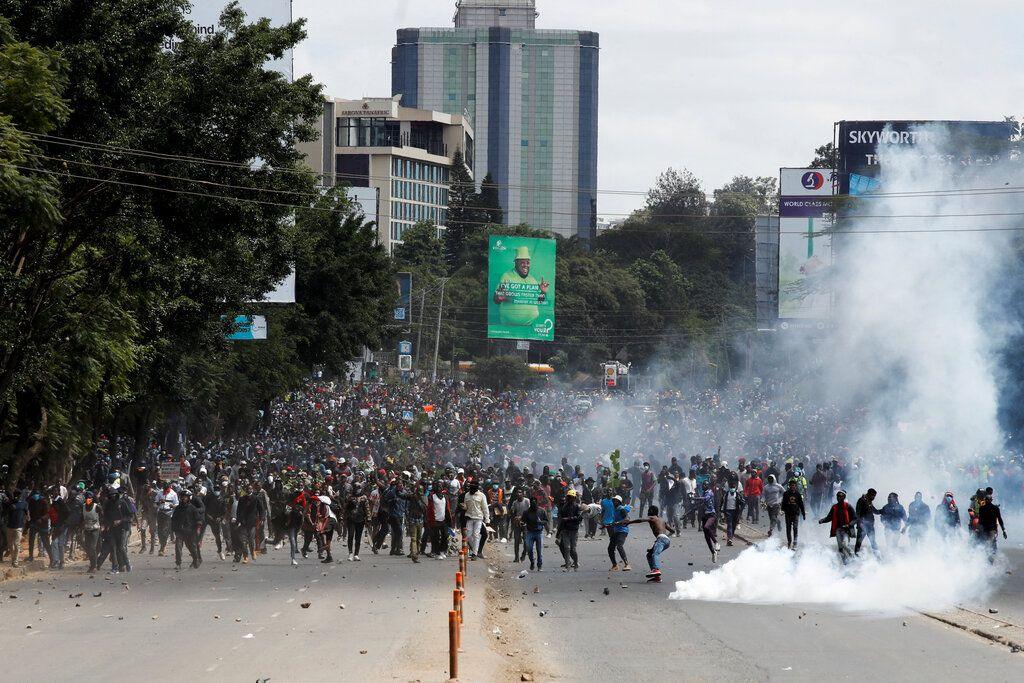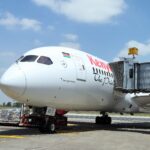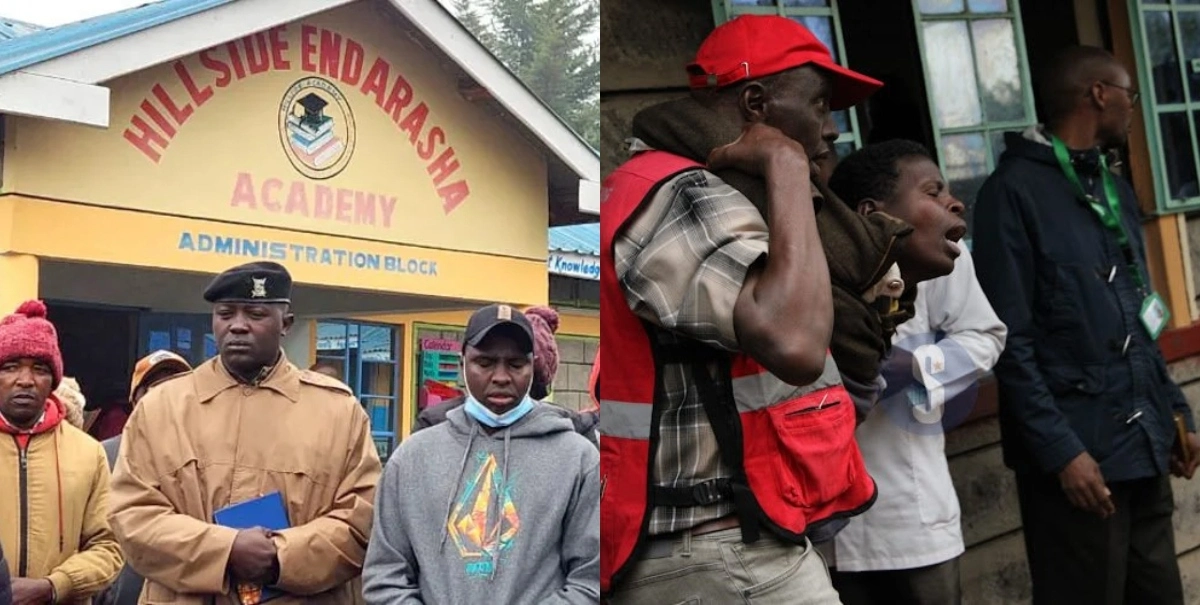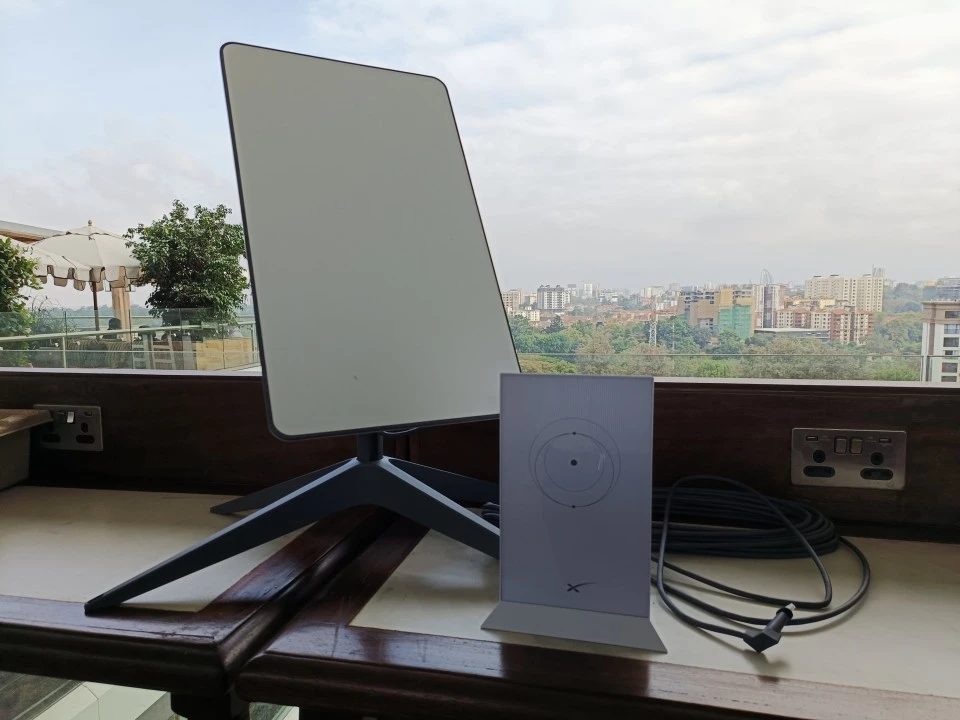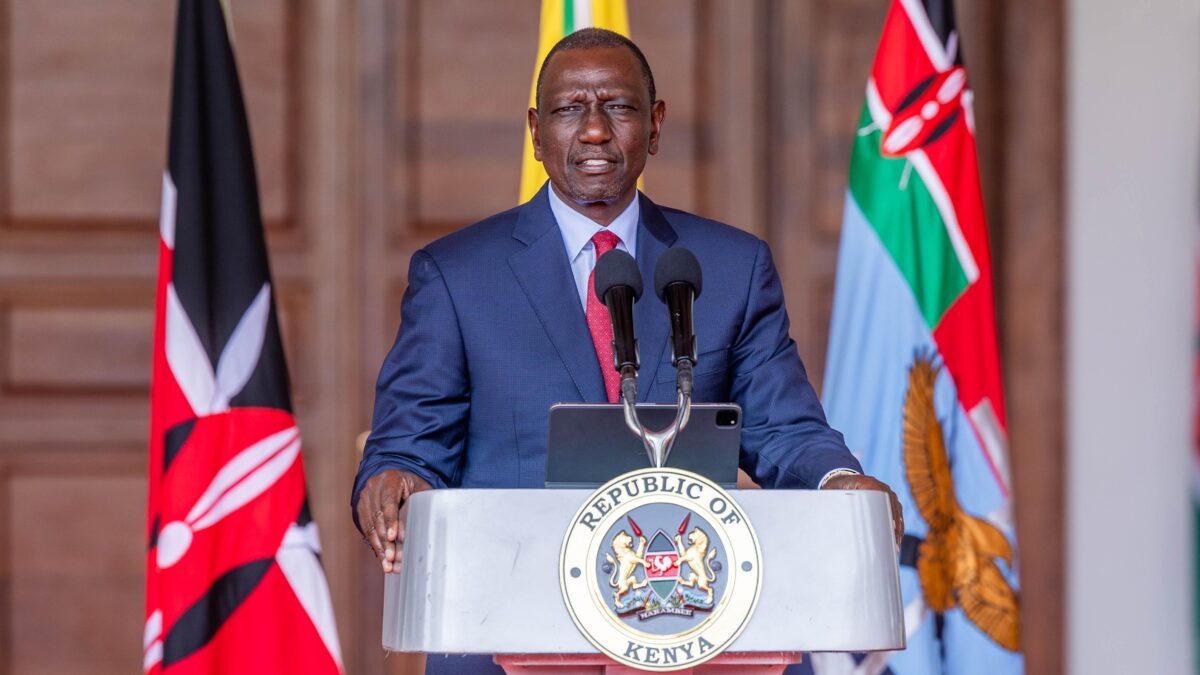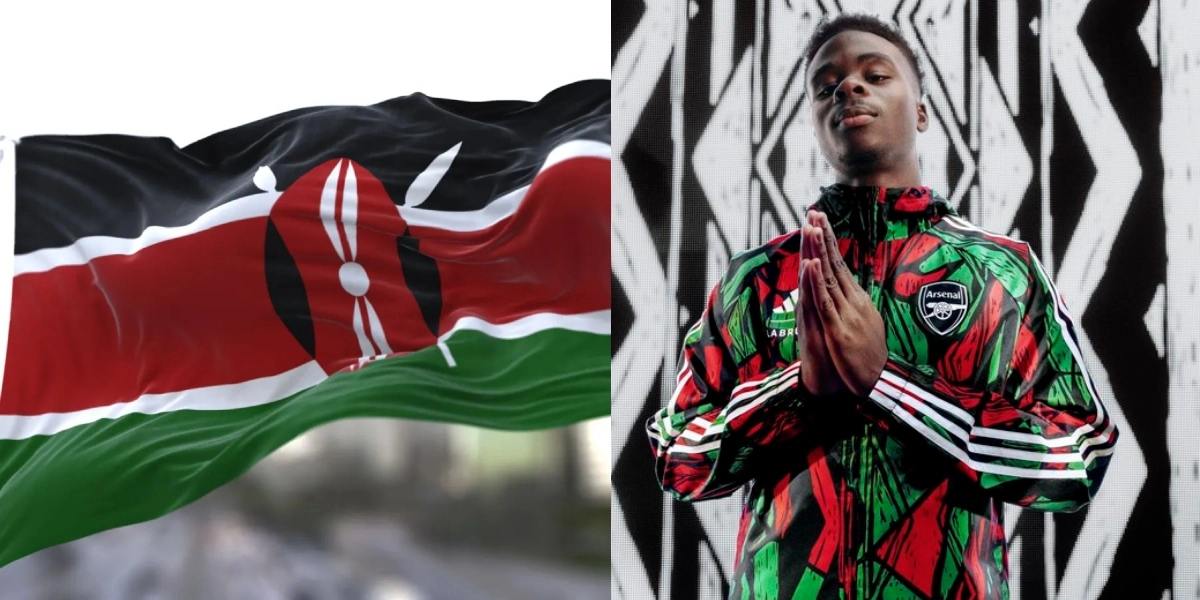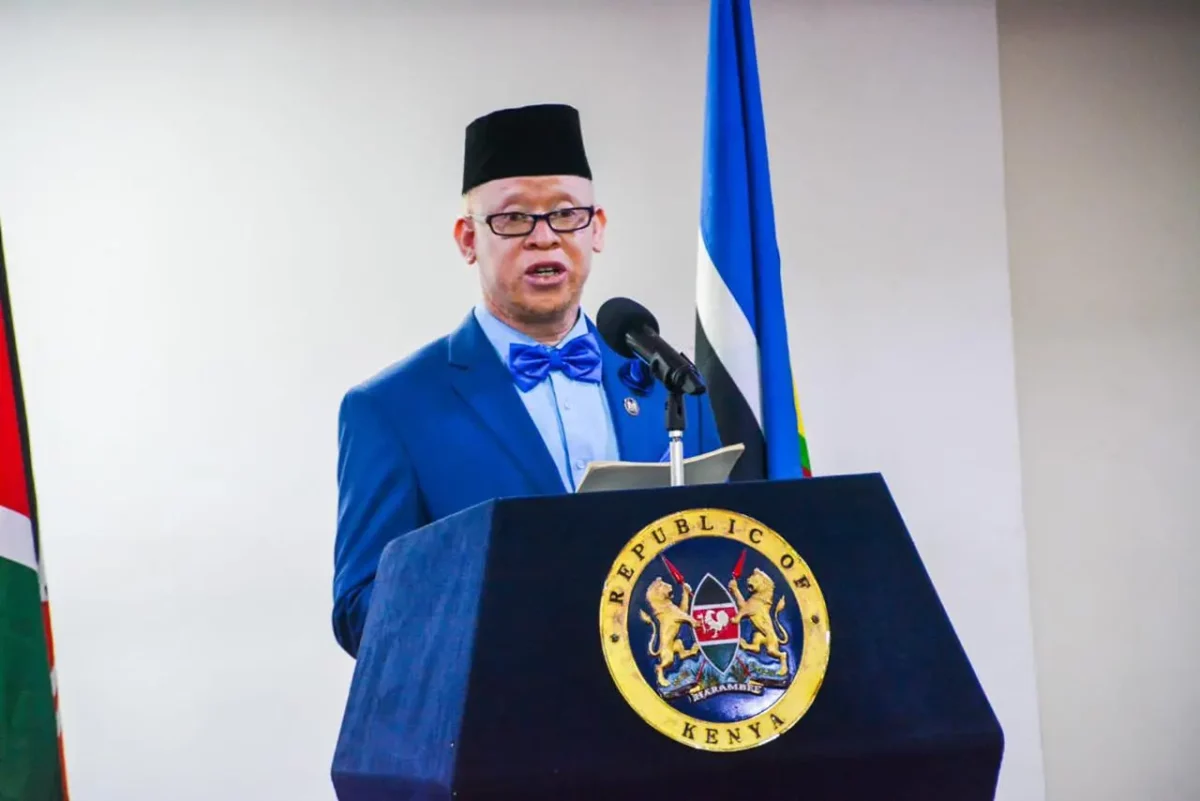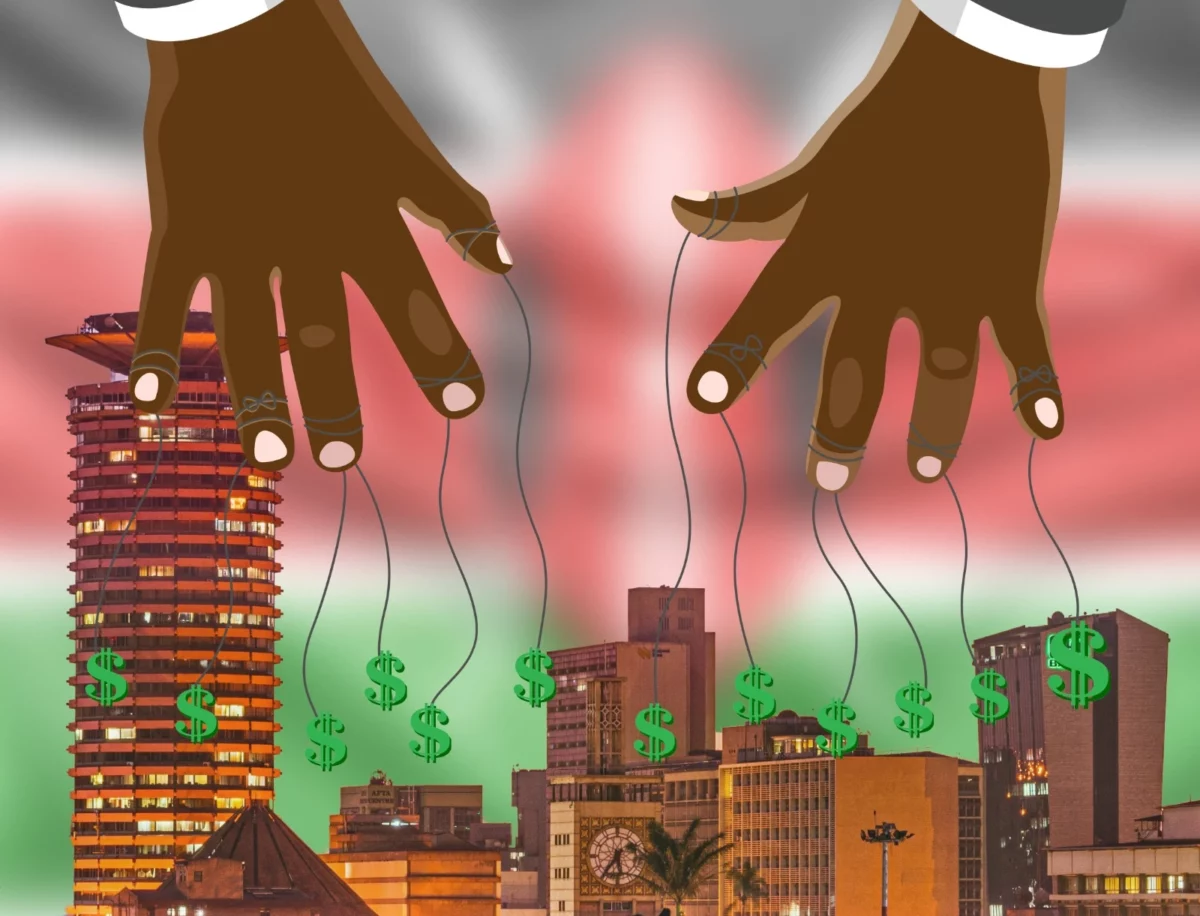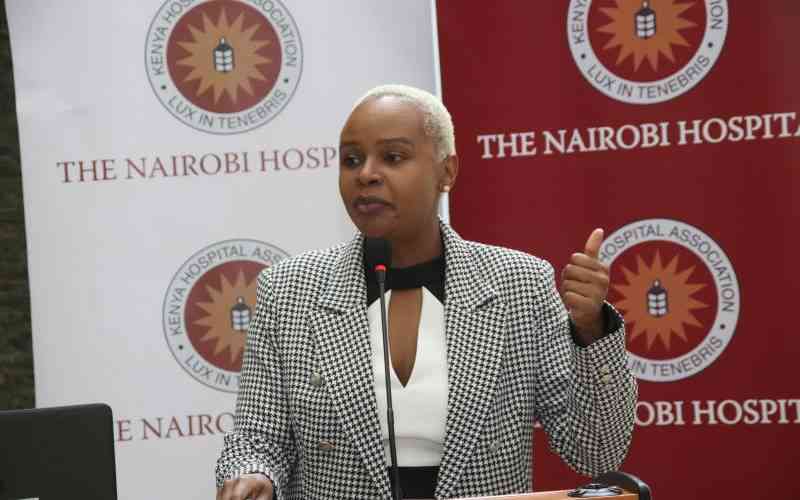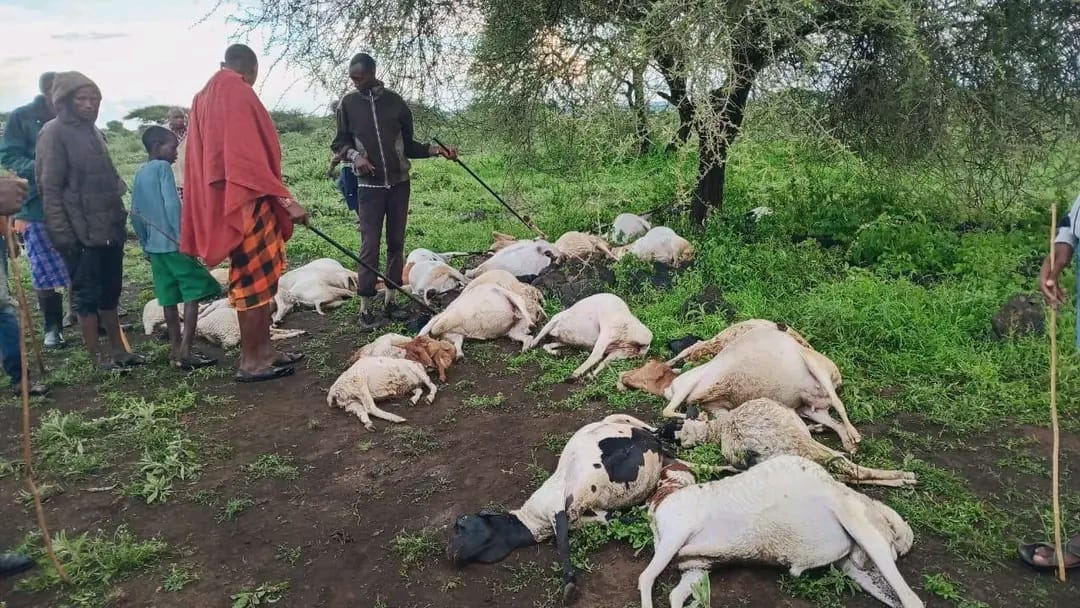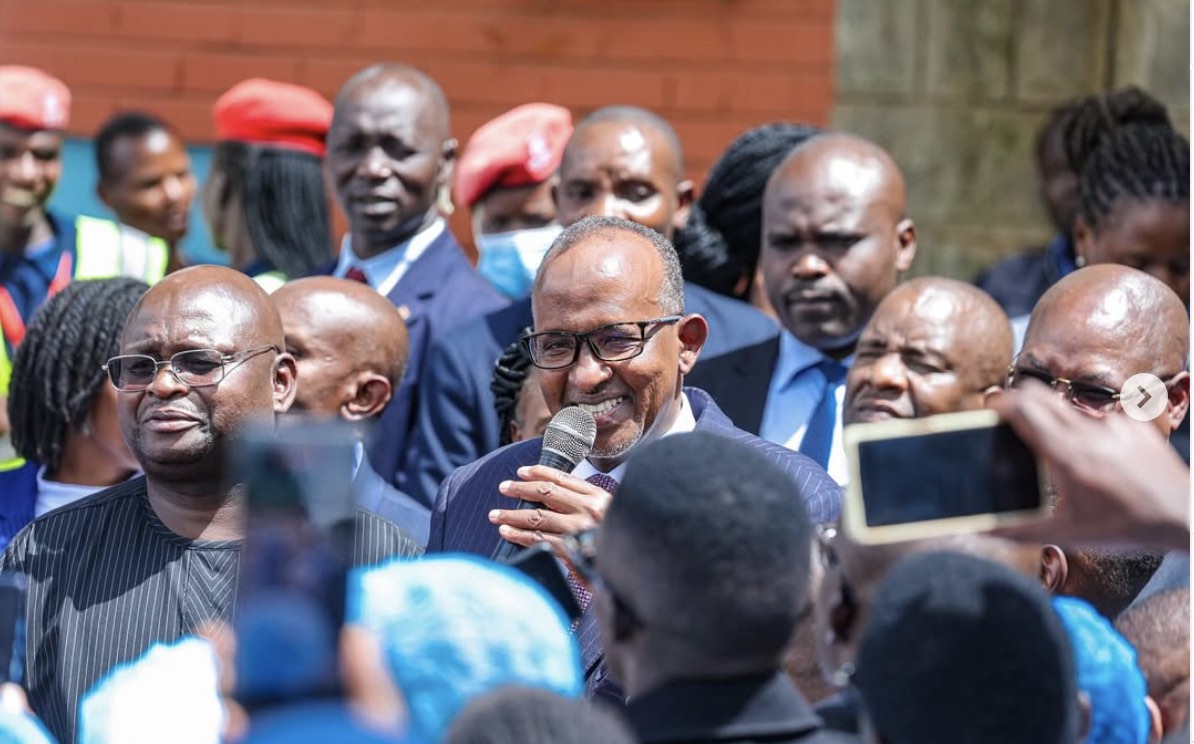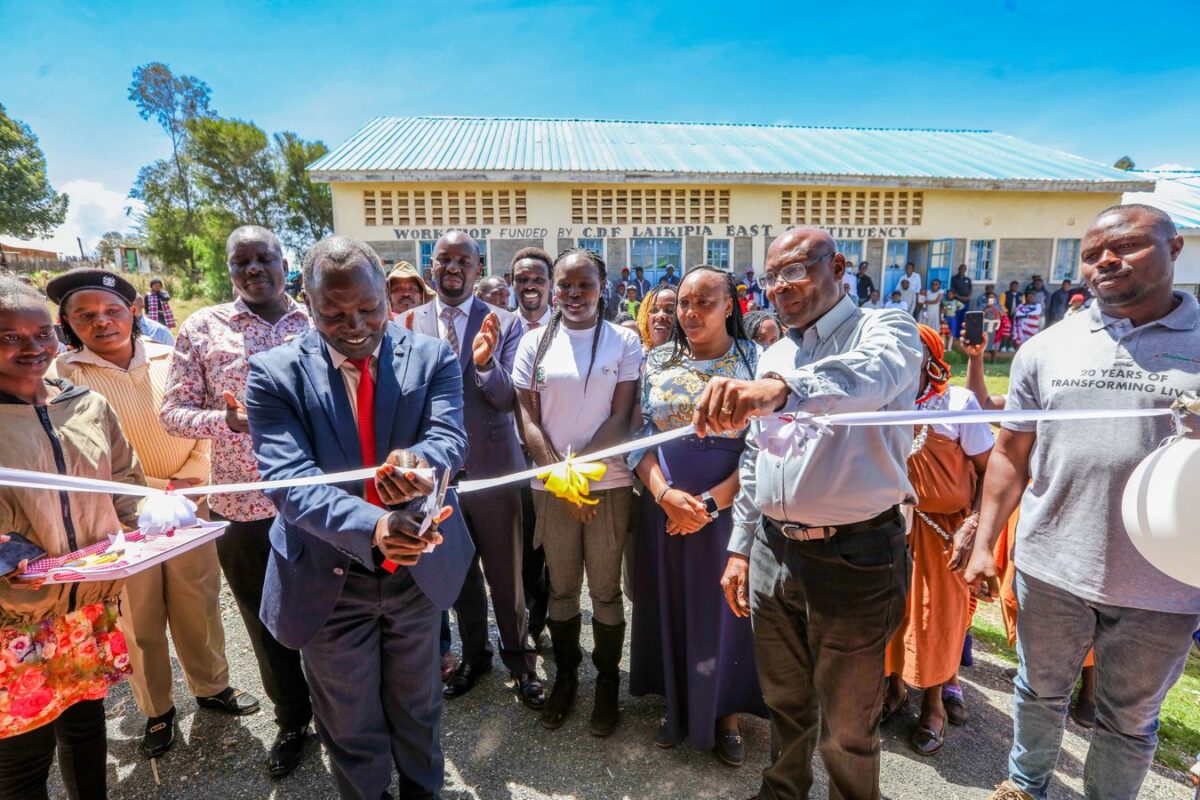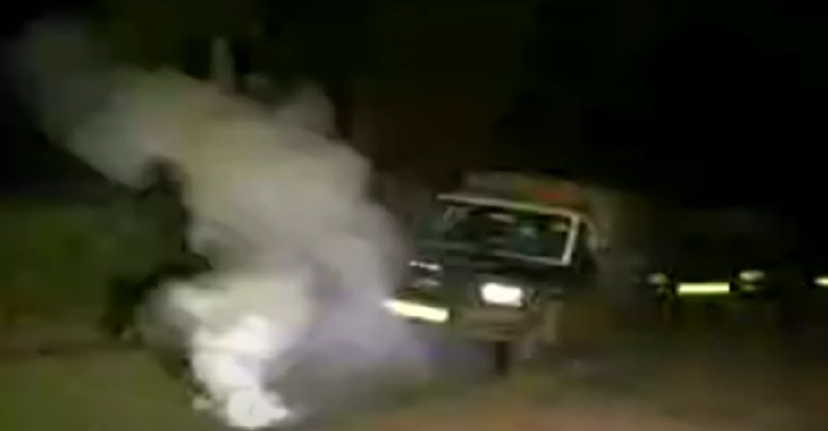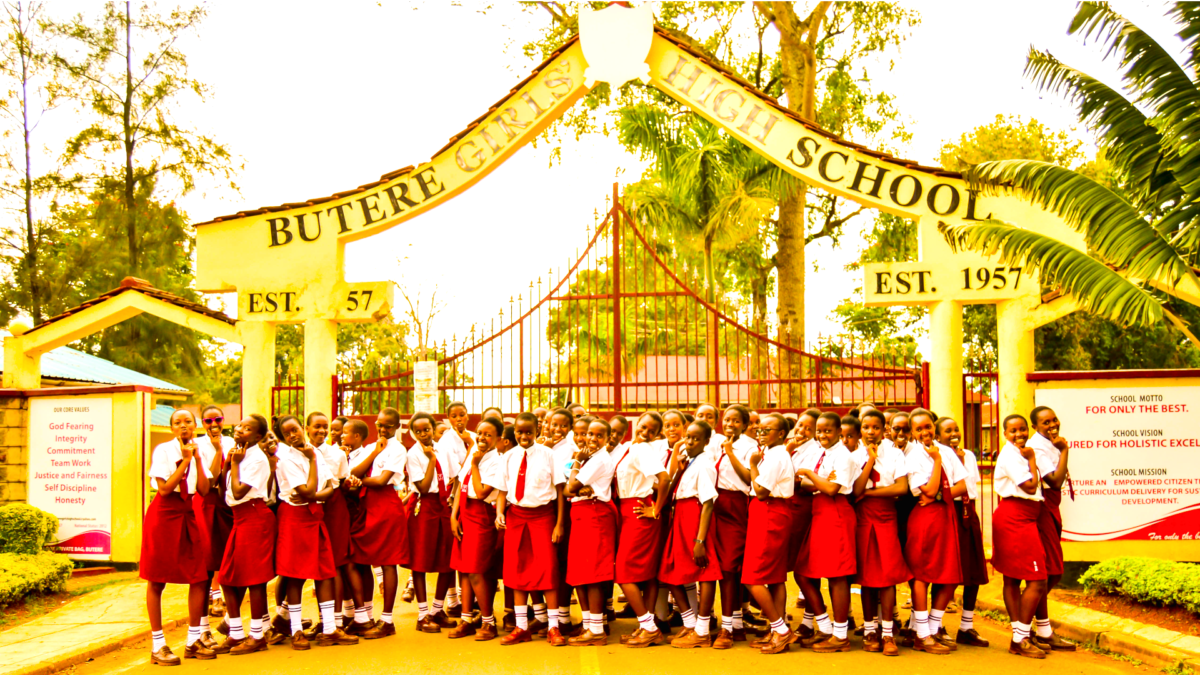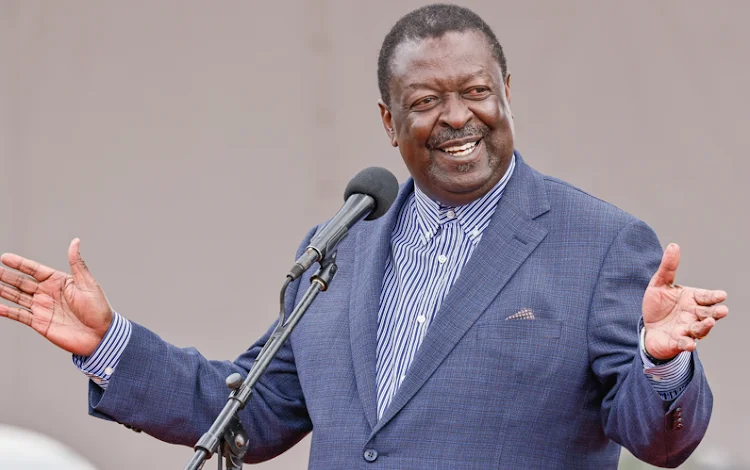The Kenyan finance bill is passed every financial year to plan for the country’s yearly expenditure. But how does a bill create heated arguments between the government and its people, leading to the occupation of Parliament and the ghastly scenes witnessed on June 25?
The passing of the bill was set to raise Ksh 349 billion ($2.7B) in additional taxes burdened by Kenyans. The hashtag “Reject the finance bill” garnered widespread attention, calling for protests against the bill.
The “Reject the finance bill” hashtags and pressure from Kenyans opposed to the tax bill led to the chair of the finance bill committee, Kimani Kuria, along with President Ruto and MP Kimani Ichung’wah, holding a press conference to discuss amendments to the bill.
The amendments included:
- Removal of the 2.5% taxation on vehicles.
- Removal of the eco levy on locally produced products.
- Removal of 16% VAT on bread.
- Removal of excise duty on vegetable oil, among others.
The first Kenyan demonstrations mobilized online saw youthful protests take place on Tuesday, July 18. Although the turnout was not large, the Kenyan police still used teargas on the protesters.
The second protest was set for Thursday, July 20, 2024. This protest saw thousands of Kenyan youths participating. Different counties, including Eldoret, Nakuru, and Nyeri, joined, with Nairobi at the forefront.
With no political hand involved in mobilizing the demonstrations, Gen Z Kenyans took to the streets chanting “Reject the finance bill” and “We are peaceful.” However, the protests quickly escalated when key influencers who used social media platforms to create awareness started getting abducted.
Many questioned if the Kenyan police were using these abductions to instil fear. Social media users such as Billy the Goat and Shadrack Kiprono were among the abducted.
The abductions and the death of Rex Kanyike, caused by a police gunshot, only fueled public anger towards the government. The Kenyan citizens did not back down, calling for another protest scheduled for Tuesday, July 25, 2024, a week after the first demonstrations.
Protesters in large numbers flooded Nairobi. The police set up vehicle barricades at major road entries to the CBD, but this did not stop the protesters, who walked from places as far as Roysambu and Donholm to reach the CBD, aiming to reject the finance bill.
The protesters were met with teargas canisters by the police, turning the peaceful protests into a riot. The aim was to occupy Parliament, and they moved towards the Parliament buildings.
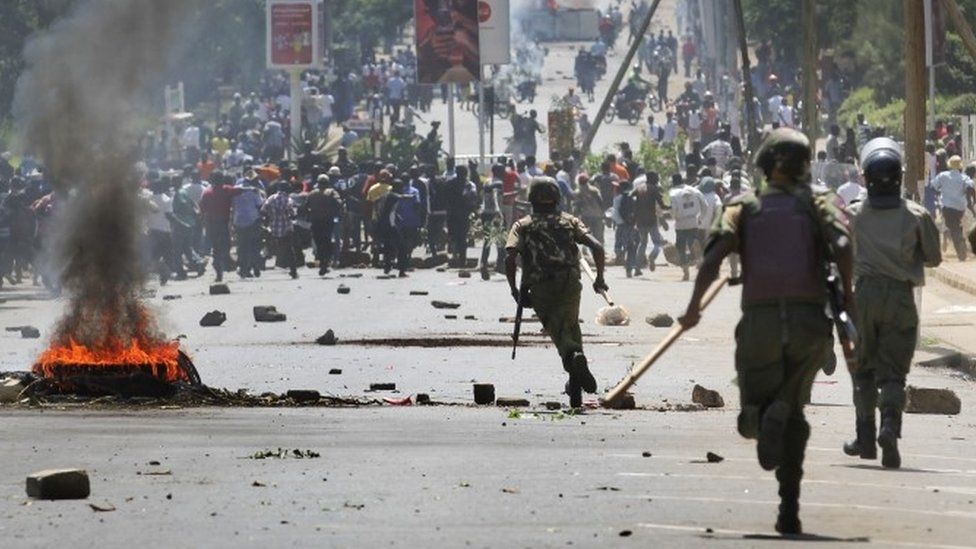
Overcoming every police barricade and burning police vehicles, the protesters got closer to Parliament. Finally breaking through the police lines and entering the premises, the police opened live ammunition on the protesters, leaving dead bodies on the Parliament grounds.
The breach of the Parliament wall saw one wing set on fire. The Nairobi City Hall and government offices in Embu County were also set ablaze.
Protesters did not take it lightly on members of Parliament who supported the bill, setting fire to Majority Leader Kimani Ichung’wah’s offices. Molo Member of Parliament Kimani Kuria’s home was attacked, and a club associated with MP Oscar Sudi in Eldoret was damaged.
The day ended in death and tragedy, with a state of security emergency declared, leading to the deployment of the KDF to aid the police officers.

